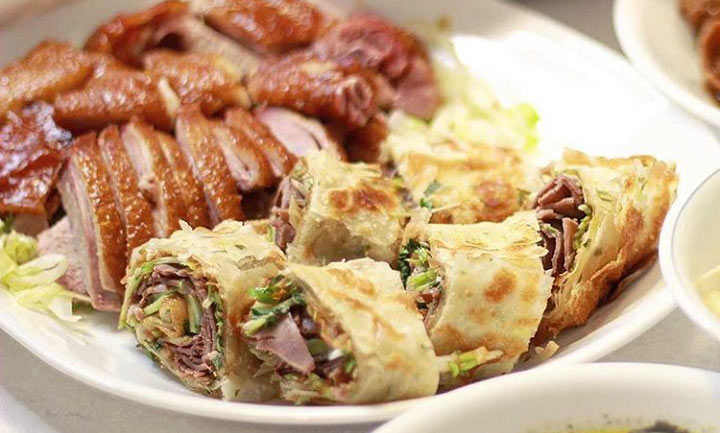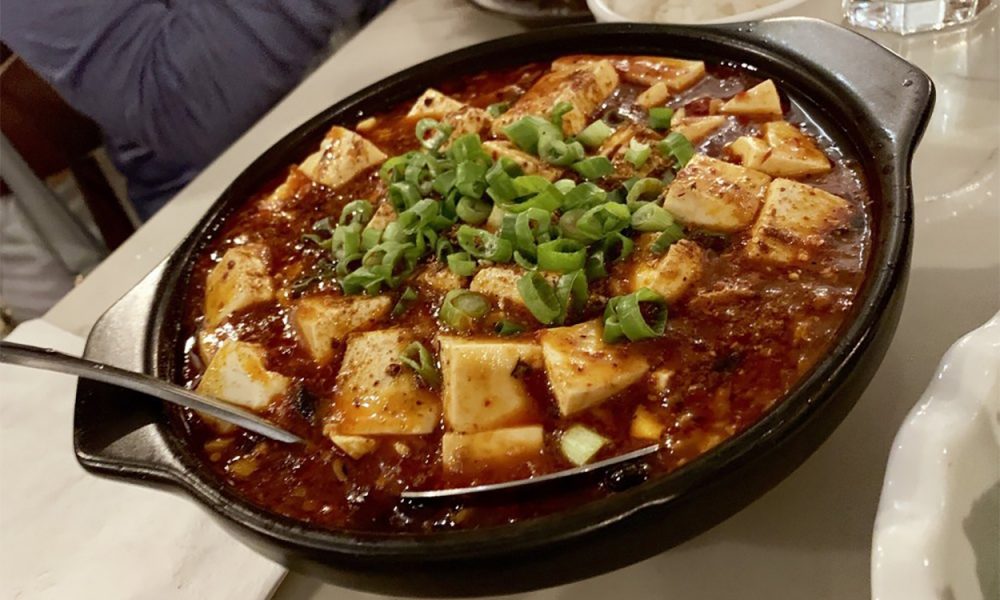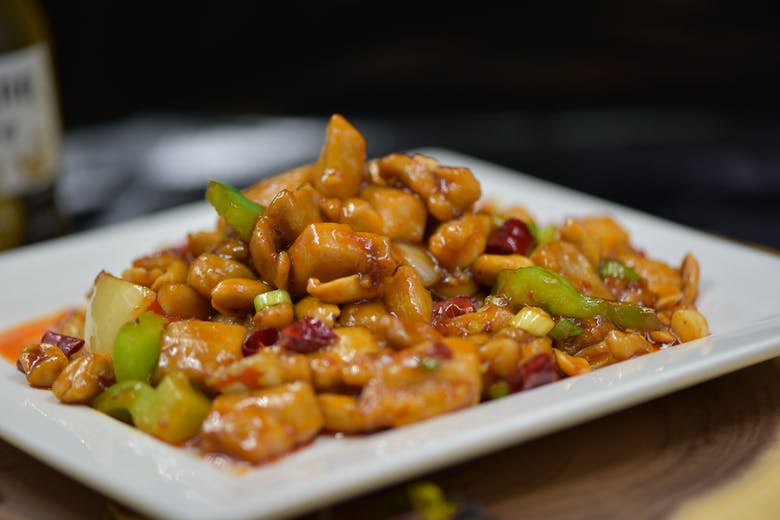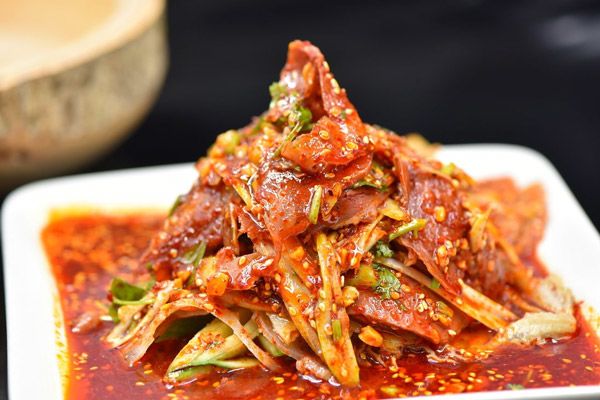
11 Dec The Most Famous Sichuan Dishes – China’s Thrilling Regional Cuisine
People know China’s Sichuan province as one that where hot, spicy food made from Sichuan peppers remains a favorite of locals and visitors alike. The flavor, which many people describe as hot, numbing, and spicy, requires a period of adjustment to begin to enjoy.
Once people become accustomed to eating the spicy and flavorful Sichuan cuisine, it soon becomes a favorite.
What Are Some of the Most Popular Types of Sichuan Cuisine?
Sichuan, which sits approximately 1,300 miles from Beijing, has produced some unique flavor combinations and experiences. Some of the most favored toppings for Sichuan foods include:
- Broad bean chili paste
- Chili powder
- Garlic
- Shallots
- Sichuan pepper
- Star Anise
Three of the most famous Sichuan dishes to prepare and use any of the above toppings on include bean curds, diced chicken, and hot pots. The toppings, which are rare to find in cultures outside of Sichuan, make the dishes especially flavorful.
The way the chef prepares the Sichuan dish also has a huge impact on how it tastes. Although the most popular type of preparing food in Sichuan is to fast fry it, some chefs also choose to bake, braise, or steam for a unique taste experience. Below are several local favorites to Sichuan.
Mapo Tofu

The origins of many Sichuan dishes begin to sound alike after a while because little written history surrounding food exists from the earliest centuries of China. The story of mapo tofu begins with many hungry people were standing in front of a street vendor. The crowd was impatiently waiting for him to prepare and sell a hot soup.
With few ingredients to use and plenty of hungry people waiting, the chef improvised mixing inexpensive ingredients. These ingredients included ground beef, bean paste, soft tofu, and Sichuan peppercorns in boiling hot water. The crowd, of course, loved the creation and came back for more mapo tofu as often as they could.
Hot and Sour Soup
Another of the most famous Sichuan dishes culture is hot and sour soup. The heat from this soup comes from white pepper added by the chef while the sour taste comes from vinegar. Some chefs serve hot and sour soup with tofu. This stems from the belief that hot liquids and foods are useful at curing colds.
Kung Pao Chicken

The Chinese term kung pao that this dish derives its name from refers to any government official in China. Although the phrase kung pao is somewhat generic, the chicken dish has a unique flavor. As a result, millions of people around the world consider it a favorite.
Primary ingredients in Kung Pao chicken include ground hot chilis and peanuts mixed with cubed pieces of cold chicken. Some prefer to use cashews in place of peanuts when preparing this meal.
Chefs can experiment with the number of chilis and the heat of the final dish. This is accomplished by adjusting the heat during preparation and adding or subtracting Sichuan peppercorns as needed.
Fuqi Fei Pian

Known locally as husband and wife lung slices, fuqi fei pian is called “Couple’s Delight” at Z & Y Restaurant. This dish has a truly unique story behind it.
Legend has it that a countryman by the name of Zhaohua sold his beef slices via a streetside cart. Him and his wife flavored the beef with vinegar before he would leave on his daily rounds.
The beef slices gave off a pleasant aroma that convinced many Sichuanese locals to frequent his cart. The cart soon became very popular. Locals began calling the dish “fuqi fei pian” or “husband and wife lung slices” in their honor.
Spicy Szechuan Eggplant

To prepare this tasty and popular eggplant dish, mix stir-fried chile paste with ground beef and other desired seasoning. This gives the eggplant its spiciness and flavor.
A vegetarian spin on spicy Szechuan eggplant involves replacing the ground beef with additional eggplant. This results is a very healthy, low-fat, and delicious meal.
Hundreds of years ago, the same famous Sichuan dishes people enjoy today were staples of the society. Ironically, the popularity of Sichuan food today is not because of the spiciness and heat but because of those factors.







